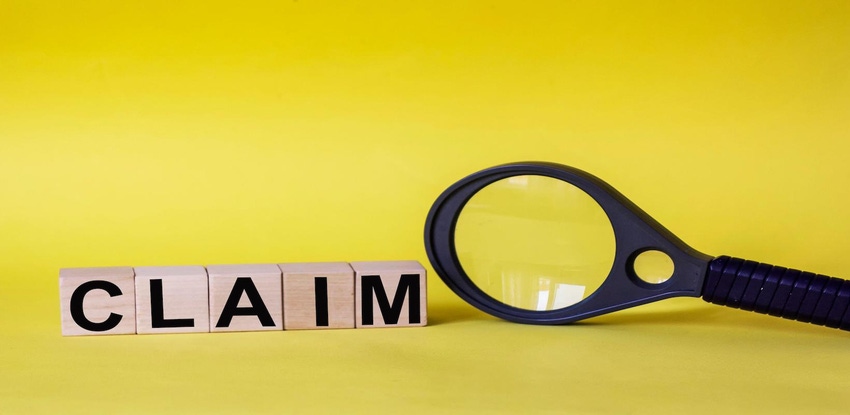How to Make a Successful Claim Under a Contractor's Payment Bond
Subcontractors must do three things to get the money due to them, an AIA lawyer says.
June 26, 2023

AIA Contract Documents
If you’re a construction professional, you have probably heard the term “payment bond.” A payment bond is a three-way agreement between a principal obligor (usually a contractor or subcontractor), obligee (usually an owner or upper-tier contractor), and the surety. Generally, when a principal obligor fails to pay its subcontractors or suppliers, the payment bond requires the surety to fulfill its bonded principal’s payment obligations to these subcontractors or other persons supplying labor and materials.
In order for subcontractors and suppliers to receive the benefit from a contractor’s payment bond, they usually must file a claim for payment under the bond. But how exactly is this done? Here are 3 steps that you can follow when asserting a payment bond claim.
1. Obtain a copy of the bond.
First, you should obtain a copy of the payment bond. Subcontractors and suppliers are usually permitted to request a copy of the bond from the principal obligor. In fact, some parties may be contractually required to furnish a copy of the bond upon request. For example, AIA Contract Documents requires general contractors and subcontractors to furnish a copy of the payment bond at the request of a potential beneficiary. Specifically, Section 11.1.3 of the A201- 2017 General Conditions of the Contract for Construction states:
§ 11.1.3 Upon the request of any person or entity appearing to be a potential beneficiary of bonds covering payment of obligations arising under the Contract, the Contractor shall promptly furnish a copy of the bonds or shall authorize a copy to be furnished.
If your project uses the A201, subcontractors and suppliers should make a written request to the bonded principal for a copy of the payment bond. This written request should also include a reasonable timeframe for a copy of the bond to be provided to the requesting party, such as 3 to 5 days. Be sure to retain a copy of your written requests in case you do not receive an adequate response.
To read the rest of this piece written by attorney Sara M. Bour, manager and counsel for AIA Contract Documents, click here.
You May Also Like


